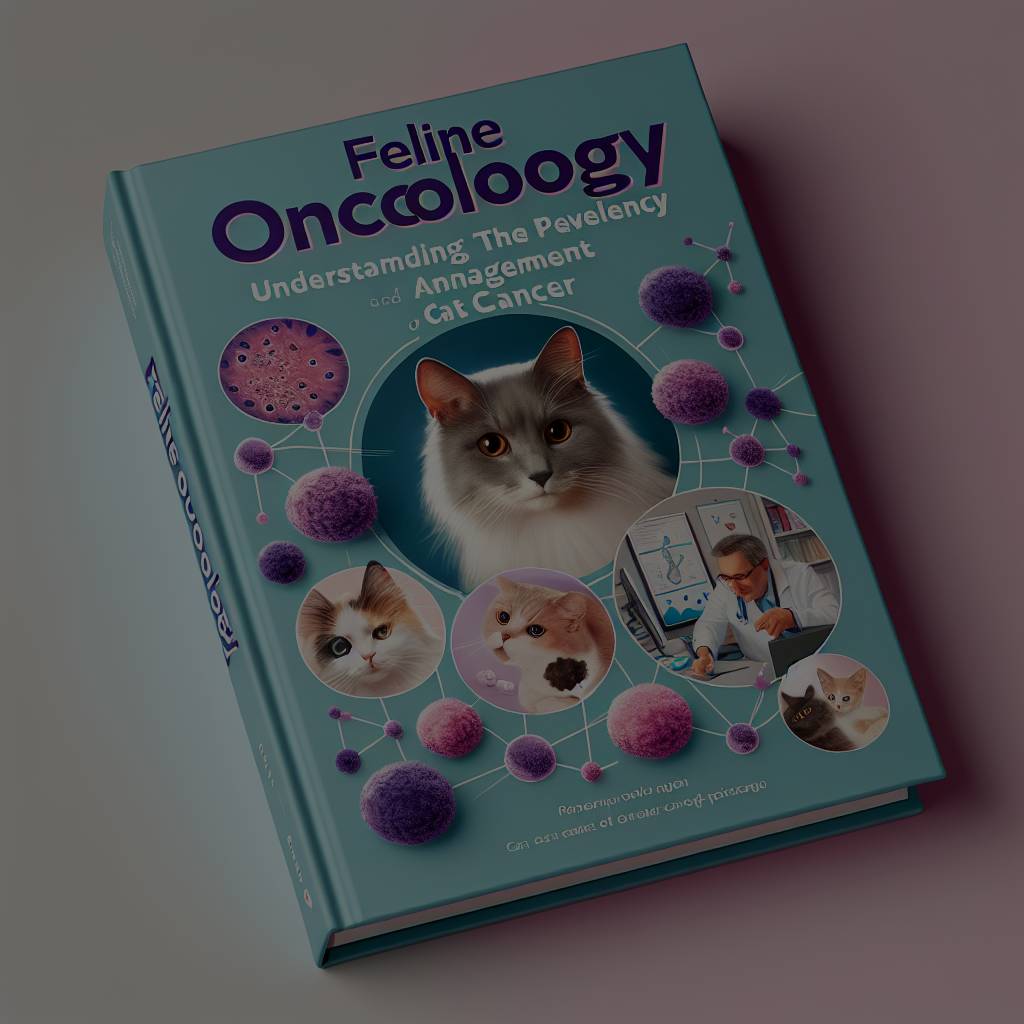
Feline Oncology: Unveiling Cat Cancer’s Reach ===
Cancer is a devastating disease that affects not only humans but also our feline companions. Feline oncology is a specialized field of veterinary medicine that focuses on the diagnosis, treatment, and management of cancer in cats. As our understanding of feline oncology continues to grow, it is essential for cat owners and veterinarians alike to be aware of the prevalence of cat cancer and the available strategies for its effective management.
Cat cancer, also known as feline neoplasia, is more common than most people realize. According to recent studies, approximately 1 in 5 cats will develop some form of cancer during their lifetime. The most common types of feline cancer include lymphoma, squamous cell carcinoma, mammary gland tumors, and fibrosarcoma. While the exact causes of feline cancer remain unknown, certain risk factors such as exposure to environmental toxins, viral infections, and genetic predisposition have been identified.
=== Navigating Feline Oncology: Effective Strategies and Treatments ===
Early detection and diagnosis are crucial for successful management of feline cancer. It is recommended that cat owners regularly examine their pets for any unusual lumps, bumps, or changes in behavior. If any abnormalities are noticed, seeking prompt veterinary attention is vital. Veterinarians employ a range of diagnostic tools such as blood tests, X-rays, ultrasounds, and biopsies to accurately diagnose the type and stage of the cancer.
Treatment options for feline cancer depend on various factors including the type of cancer, its stage, and the overall health of the cat. The most common treatment modalities include surgery, chemotherapy, radiation therapy, and immunotherapy. Surgery is often the first line of treatment for localized tumors, while chemotherapy and radiation therapy are used to target cancer that has spread or cannot be completely removed surgically. Immunotherapy, a promising approach, aims to stimulate the cat’s immune system to recognize and target cancer cells.
Caring for a cat with cancer involves not only medical treatments but also supportive care. This may include managing pain and discomfort, maintaining proper nutrition, and providing a safe and comfortable environment. Regular follow-up appointments with the veterinarian are crucial to monitor the cat’s progress and adjust treatment plans as necessary.
===
Feline oncology plays a critical role in understanding and managing cat cancer. With its relatively high prevalence, it is essential for cat owners to educate themselves about the signs, risk factors, and available treatment options for feline cancer. Regular veterinary check-ups and early detection can significantly improve the prognosis for cats with cancer. Through ongoing research and advancements in feline oncology, we continue to make strides in improving the quality of life for our feline companions battling this challenging disease.
Certainly! Here’s a new, SEO-friendly paragraph with embedded links to related Wikipedia articles: — If you’re interested in learning more about related topics, you might find these articles fascinating. Understanding the science behind cancer can provide deeper insights, so consider reading the comprehensive overview on Cancer. For those curious about veterinary medicines and their differences from human medicine, this article on Veterinary Medicine is a must-read. Additionally, explore the various diagnostic tools used in veterinary practices, such as Ultrasound and Biopsy. Lastly, gaining a broader understanding of the available Cancer Treatments can be incredibly informative. — This format should be informative and engaging for readers looking to delve deeper into related subjects.










